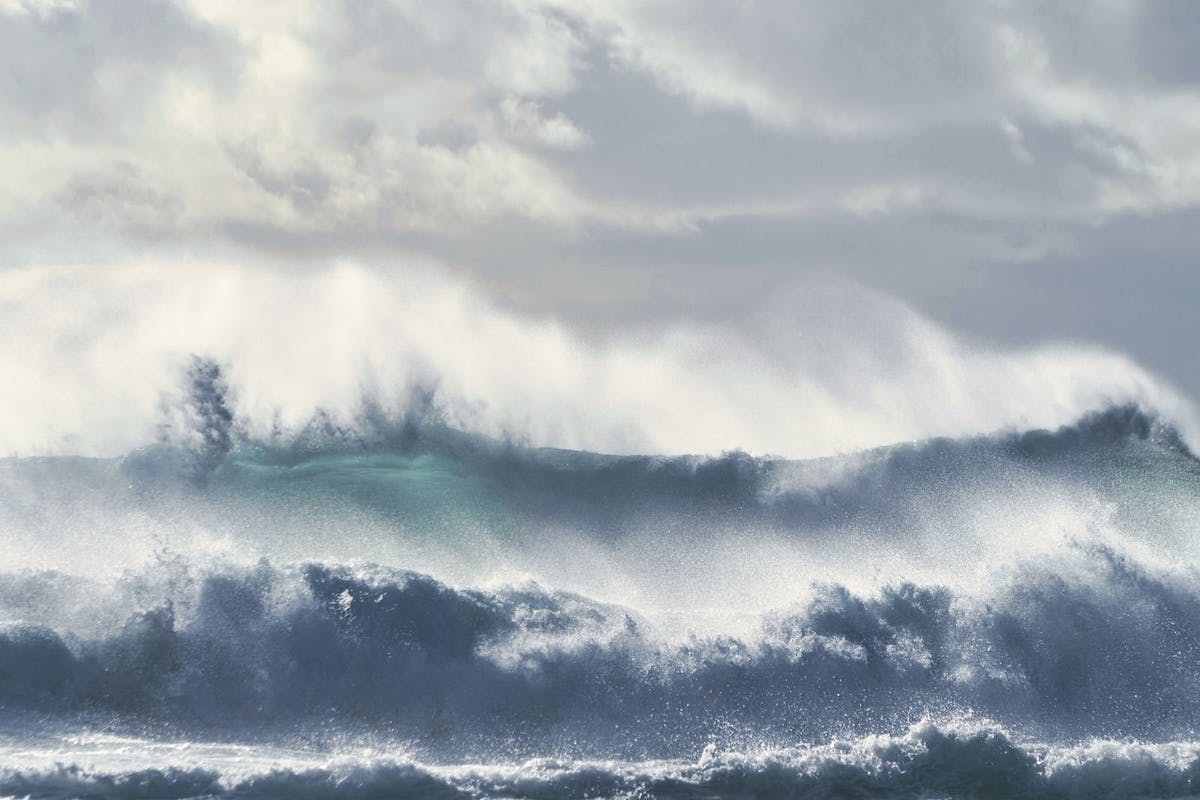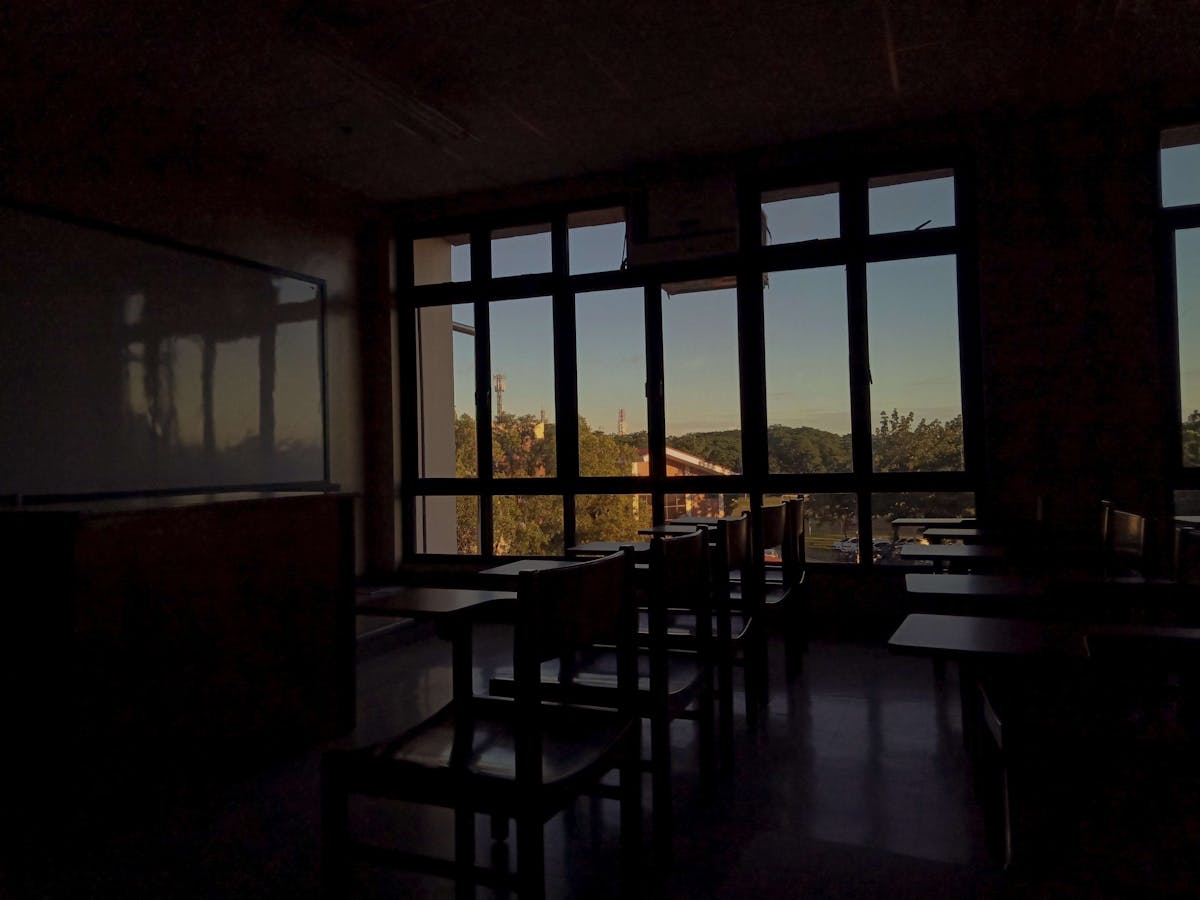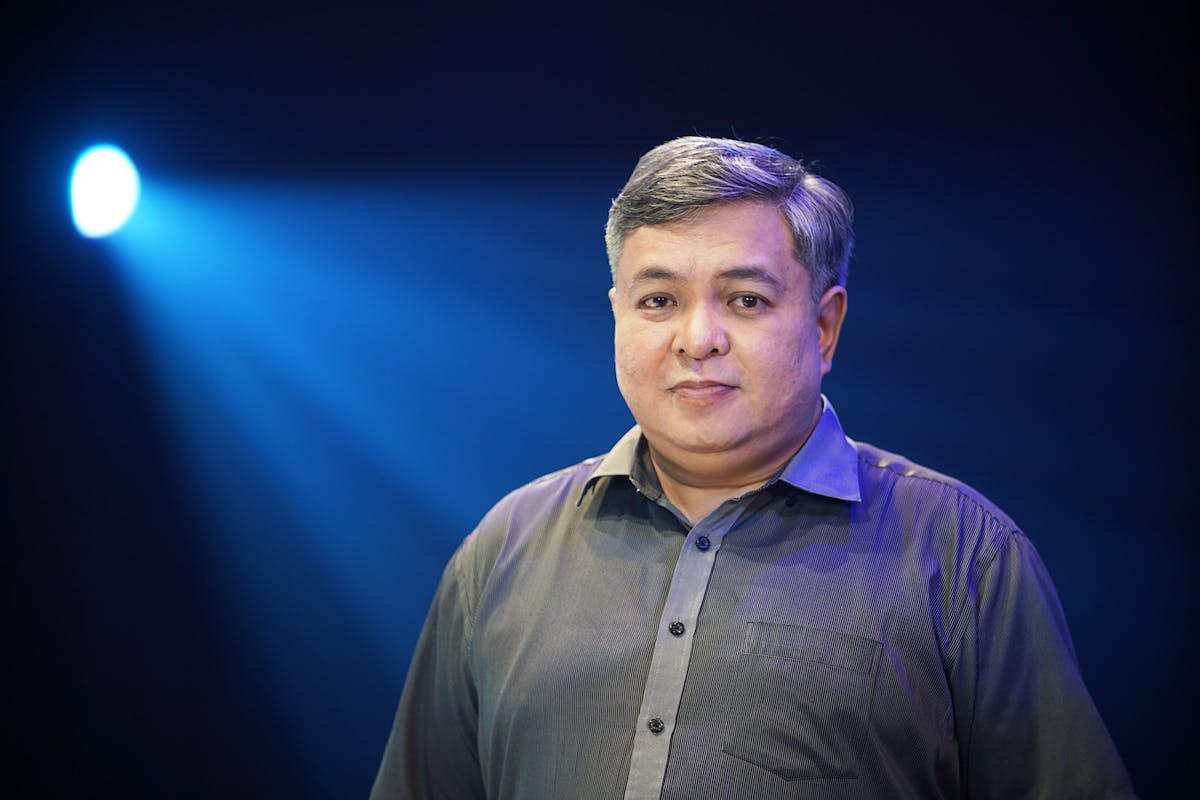
Our Way Forward
Old and New Traces. A new archaeological initiative investigates the deep history of Ateneo de Manila's Loyola Heights Campus
TRACES ASIA is a new archaeological laboratory at Areté that was established in September 2020. It aims to contribute to the study of the early history of our species, and to investigate the relationship between humans and the environment over time.
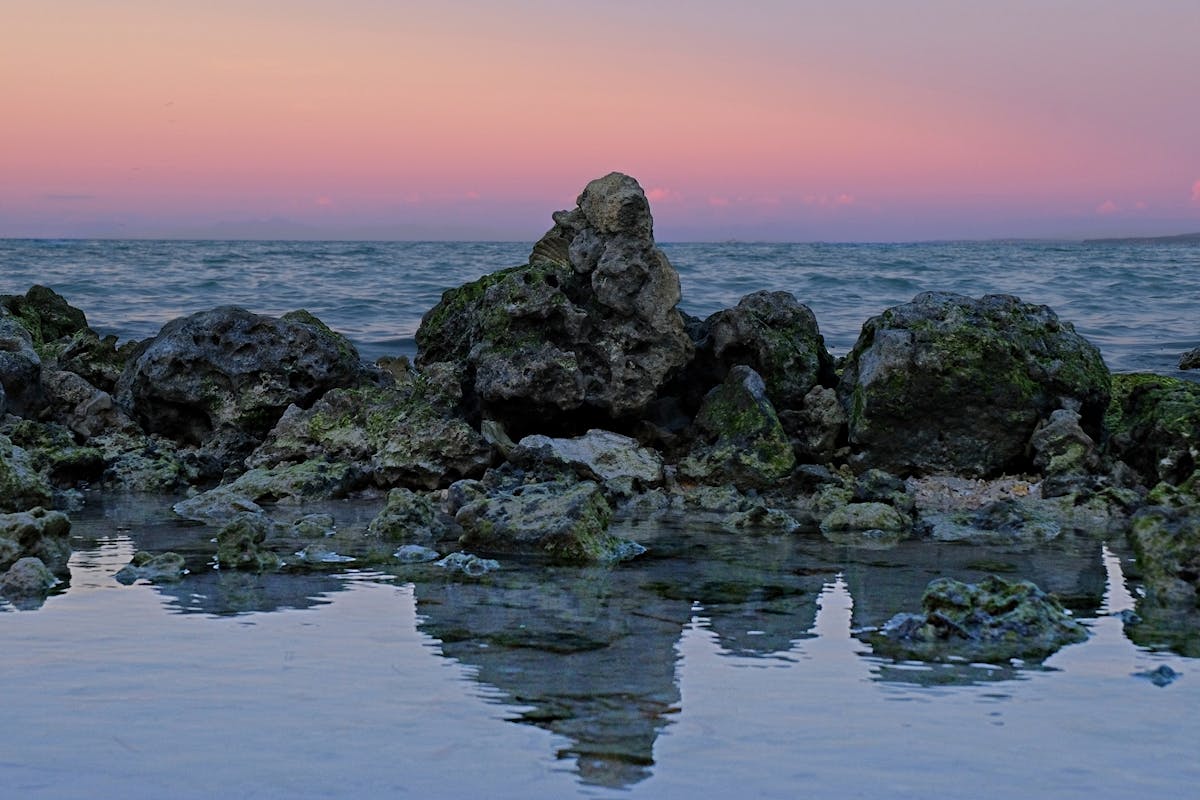
TRACES ASIA is a new archaeological laboratory at Areté that was established in September 2020. It aims to contribute to the study of the early history of our species, and to investigate the relationship between humans and the environment over time. TRACES is a transdisciplinary facility for interactive instruction and research within the Anthropological and Sociological Initiatives at the Ateneo (ASIA), which seeks new answers to imminent questions on human evolution and behaviour. It will coordinate the deep time archaeological research at Ateneo and is a creative laboratory for the analysis of archaeological material culture. A fundamental idea since the founding of ASIA at Ateneo’s Department of Sociology and Anthropology is to make archaeology visible and communicable in the university and especially in the public domain. This led to the project at Areté.
Why should one actually concern oneself with archaeology? And is there anything of value to find in the Philippines? Compared to other countries in Southeast Asia, the Philippines is not so much the focus of attention of the archaeologically-interested community. There are no monumental testimonies of early civilizations such as Angkor or Borobudur, and the Philippine archipelago has hardly ever been seen as one of the cradles of humankind and a milestone in the history of research. Take for example, Trinil and Sangiran on the island of Java where “Java Man”, the type fossil of Homo erectus, was discovered in 1891. Rather, the importance of the Philippines for the archaeology of Southeast Asia and far beyond is due to the geographical location of the archipelago, which connects the region of the continental shelf of East Asia with the islands of Southeast Asia and Near Oceania. The Philippines was an essential part of a maritime network that has existed for thousands of years, and a gateway for the human exploration of the rich island world of Southeast Asia and the Pacific. Our present knowledge of this is not based on the presence of enormous temples and the palaces of lost kingdoms, but on the findings of meticulous scientific research.

Inasakan, Ilin Island, Mindoro. The preferred destination for our days off during fieldwork, well illustrating why humans have always been fascinated by the sea and tropical islands. On a straight path to the southwest, a raft with a simple sail could reach Busuanga Island, which was connected to Palawan during the Pleistocene, about 70 km away, within a day in favorable winds.
As an archaeologist, you are usually asked what you have already found. Often, people expect your answer to be some lost treasure, gold and jewels, or mystical objects with magical powers. The public image of archaeology is too much influenced by Hollywood and a glorification of the raids of early adventurers who pillaged the classical sites of ancient civilizations such as Egypt or Babylon. For the most part, this is of course pure nonsense, and archaeologists neither search for such treasures nor is it the aim of this kind of science. Modern archaeology is a multidisciplinary undertaking—using methods from the earth sciences, anthropology, genetics, zoology, botany, ethnology, and engineering, among others. All these disciplines contribute to putting together and documenting our history, origins, and development from the early beginnings to the present day: like piecing together a gigantic puzzle. Since our evolution has always been influenced by changes in climate and environment, an important part of modern archaeology deals with human-environment interaction in the context of climate coupled processes. Extreme climate fluctuations between ice ages, the glaciation of entire continents and periods of global warming similar to the present have accompanied humankind throughout its existence. Our species had (and has) to react and adapt to these fluctuations in order to survive. From our knowledge of these past climate extremes, important conclusions can be drawn for the present in which humankind again has to react to similarly extreme climatic conditions—this time, however, caused by our own actions.

The archaeological sites of Bubog 1 and 2 at the southwestern end of Ilin Island. Ilin’s southern coast drops sharply to several hundred metres below sea level. Therefore, even during the Ice Age and lower sea level, the shore was not much farther from Bubog than it is today, providing its prehistoric inhabitants with access to rich marine resources.
For ten years we have been conducting research at several cave sites in Mindoro, which has provided valuable information on how the first humans reached the Philippines and how our ancestors responded to climate change and adapted to a new ecosystem (see the image above). We now know that the first modern humans (Homo sapiens) to reach the Philippines by boat around 40,000 years ago were skilled fishermen and sailors who went out on the open sea to catch large predatory fish such as sharks, but also collected large quantities of shellfish (see the image below). They hunted wild boar, deer, tamaraw, large tree-dwelling rats and lizards on the island. They made their tools out of stone, bone, and marine shell, and used them for processing food. They also applied these tools on a variety of plants, like bamboo, wood and woody vines to manufacture utilitarian items and fashioned animal bone into projectile points and other tools. From some special finds, such as tools made of obsidian (a sharp-edged volcanic glass), and polished adzes made of giant clams, as well as from the ways they buried their dead, we can also assume that these early hunter-gatherers and fishermen were in cultural and material exchange with distant regions and islands. To the west there were contacts with the mainland; to the east there were connections with the other islands of Southeast Asia; probably reaching as far as Near Oceania.
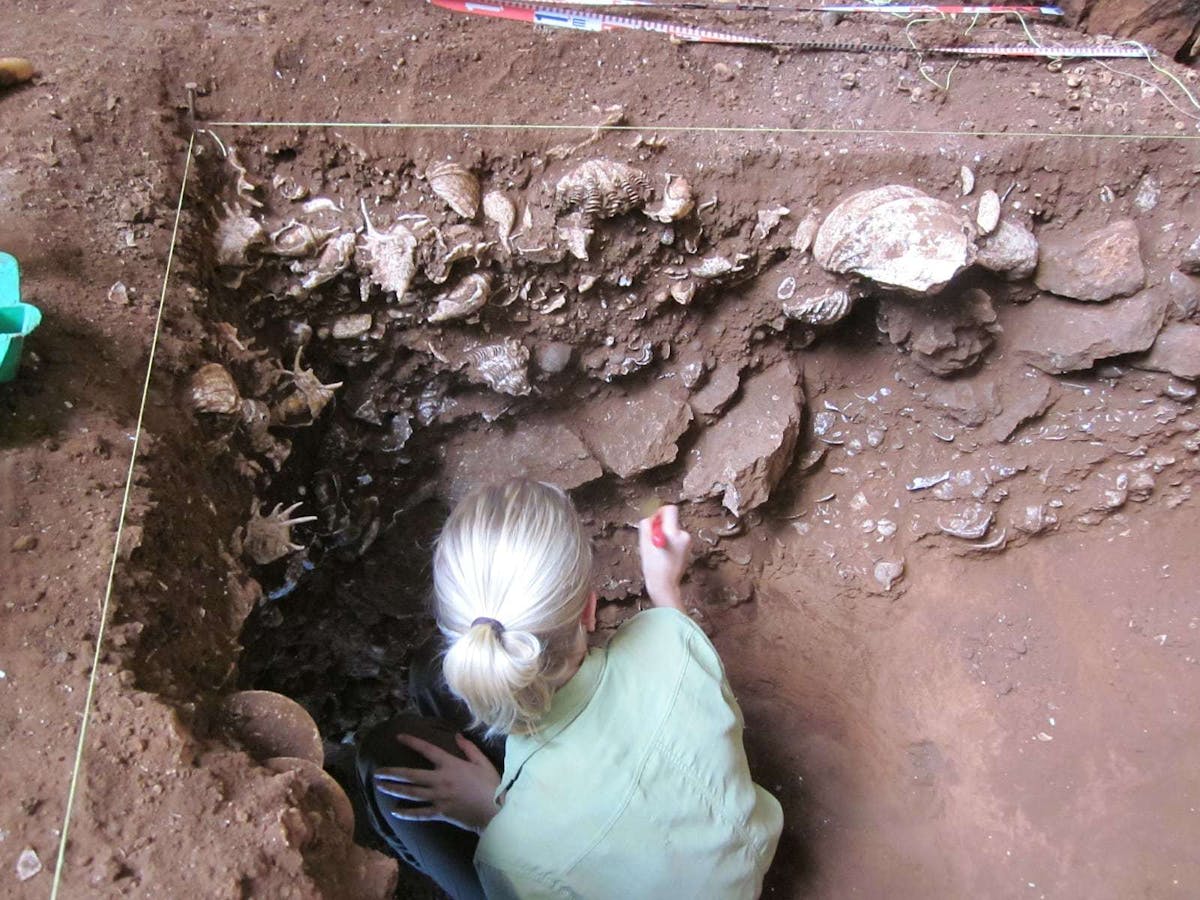
A densely packed deposit of marine shells is exposed in the vertical wall of an excavation trench in Bubog 1. The shells in the bottom layer have been collected over 30,000 years ago.
Our excavations in Mindoro, like almost all field research in the times of Covid-19 and the lockdown, cannot be carried out. So, what does one do as an archaeologist in this situation?
On one hand, we are occupied with the examination of the finds and the evaluation of the data obtained. The TRACES laboratory located at Areté’s Sandbox Zone is equipped with microscopes specially designed for the study of prehistoric tools. In this way we try to identify the former function of these tools by means of the methods of microscopic analysis of wear traces and residues of the former contact material ("traceology"). Through the analysis of artefacts from our excavations, we can learn about the technologies, activities, production processes carried out, and the manufactured items of these early humans. We know, for example, that a large part of the stone tools found at sites along the coasts were used to make cords and wickerwork from plant fibres, which were then processed into nets and traps and used for fishing. Fishing has played an important role in our diet for more than 30,000 years, as these results show, together with finds of fish hooks made from shell and fishing gorges made from bone.
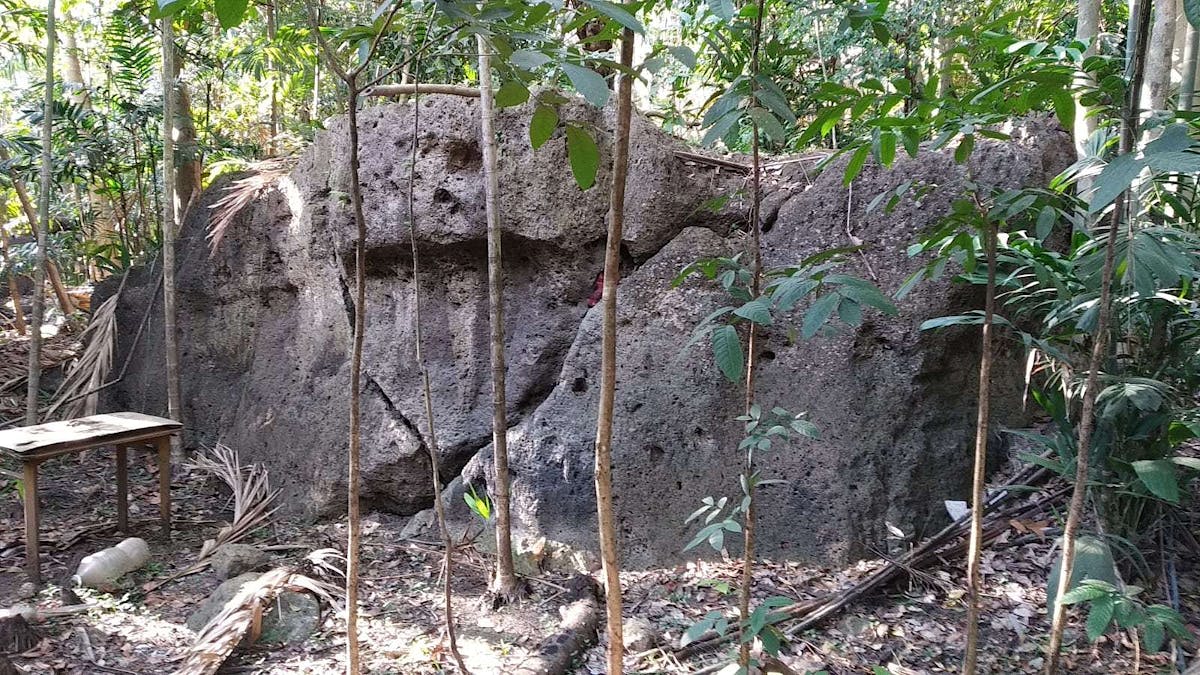
Exposed volcanic tuff of the so-called Guadalupe Formation inside the Loyola Heights Campus. Around 700,000 to 1 million years ago, massive eruptions of the Laguna volcanoes had buried Metro Manila and adjacent areas under these deposits.
TRACES ASIA will also serve as the operations centre for our new research project right here at the Ateneo. Despite the ongoing lockdown, we hope that we will soon be able to explore the deep history of our campus. The recent discovery of the Rhinoceros site at Rizal, Kalinga, where early humans hunted and slaughtered a rhinoceros around 700,000 years ago, has shown that the Philippines plays an important role in the study of the earliest settlement of Southeast Asia. The area of Metro Manila is situated on deposits that are similarly old as the Kalinga Rhino, about 1.0-0.7 million years old volcanic tuff of the so-called "Guadalupe Formation". In the course of construction work, the fossil remains of a megafauna that had long since become extinct, with elephants, rhinoceroses and giant tortoises, have repeatedly come to light. However, no systematic research has been carried out and today these deposits have largely disappeared under concrete and asphalt. An exception is the Loyola Heights Campus, where due to tectonic faults along the Marikina Rift Valley these volcanic deposits are even exposed and visible on the surface in some places in the eastern part of the campus (see image above). We are therefore in the favourable situation that we can carry out archaeological investigations without leaving the campus. Apart from the age and origin of these volcanic deposits, colloquially called "adobe", which were probably created by the eruptions that formed the present-day Laguna de Bay, we have only little information and we hope that our investigations will bring to light fossils and even human remains such as stone tools and will contribute to our knowledge of the time, landscape and environment, and perhaps the first inhabitants of the area that is known today as Metro Manila.


